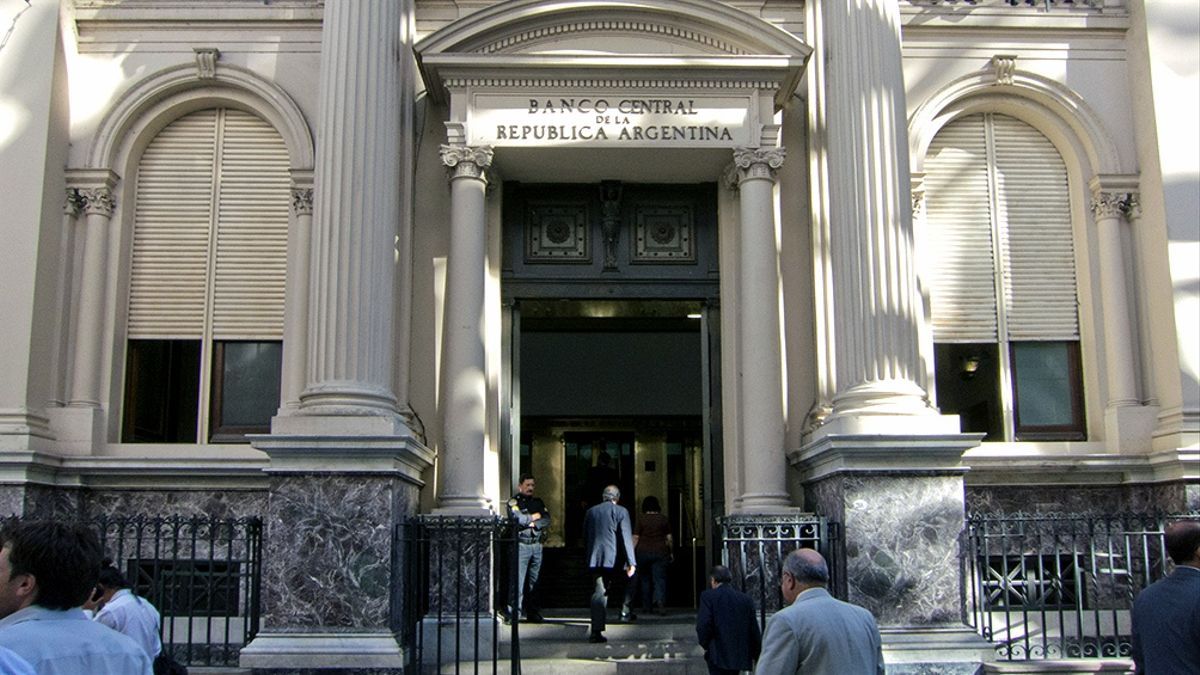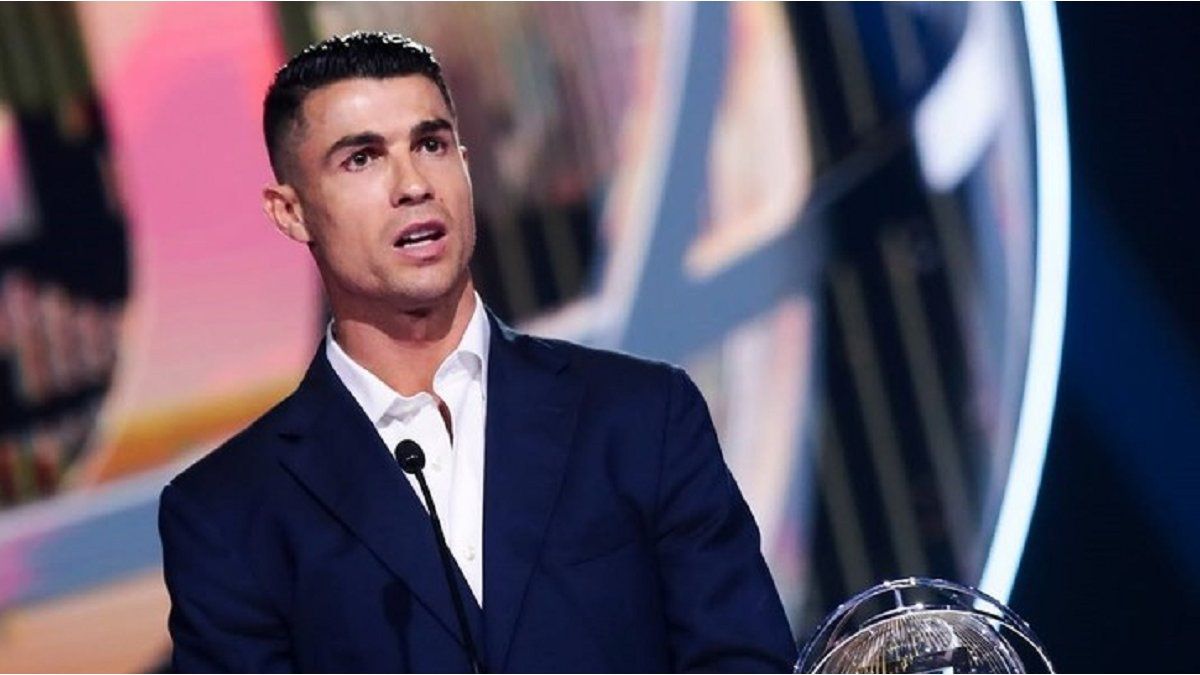Emiliano Anselmi, head of macroeconomics at Portfolio Personal Inversiones, pointed out: “In the 74 rounds so far this year, the BCRA bought US$133 million, against US$3,433 million last year. For its part, April has been a lean month in terms of harvests; achieved a positive balance of US$167 million, well below April of last year, which was approximately US$1.1 billion.” Among the main reasons that explain this trend, analysts consulted by Ámbito point to the appreciation of the real exchange rate as one of the main factors.
Anselmi stated that the real exchange rate appreciated a lot from one year to the next: “If we take it from December 2020, which is the maximum of Alberto Fernández’s administration, today it has fallen 19%, which means that Argentines , Measured in official dollars, we are getting richer, so we can import more, demand more tourism, more services and the companies that hold private debt come out to demand dollars to pay their debt at a subsidized exchange rate. Likewise, if you look at the number of pesos in the economy, the monetary aggregate, measured in the official dollar, is up 30% year-on-year, therefore, there are many more pesos that can demand official dollars compared to last year. That is why the BCRA is having a hard time accumulating, given that demand increases.”
The BCRA accelerated the crawling peg in recent months to support the multilateral real exchange rate at the level of the end of 2021, as agreed with the Fund. In April it raised the depreciation to 4% per month, after 3.3% in March. However, this pace is not enough given the acceleration in inflation in recent months.
On this point, Claudio Caprarulo, director of the Analytica consulting firm, argued that the path that the BCRA began to avoid delaying the exchange rate is correct in view of re-balancing the exchange market. However, he pointed out: “The problem is that with the acceleration of inflation the change he made in his policy lost effectiveness. In any case, it is clear that a strong devaluation and rate hike would do nothing more than aggravate the problem. The government’s outstanding debt is working on expectations”.
Along these lines, Adrián Yarde Buller, economist at Facimex Valores, said that the acceleration of the devaluation rate has as its main objective to close the exchange rate gap and put a stop to the appreciation that was generated in 2021. And he added: “Keep the the interest rate above the devaluation rate is essential so that a gradual devaluation strategy does not accelerate the loss of reserves, since otherwise exporters would have incentives to finance themselves in pesos and postpone the liquidation of exports while waiting for a higher exchange rate. For this reason, if the BCRA wants to accumulate reserves, it has to raise rates as the devaluation accelerates. Likewise, this entire strategy loses effectiveness in a context of strong inflationary acceleration where a nominal anchor for expectations does not appear and doubts begin to grow regarding the fulfillment of fiscal goals.
Anselmi and Albornoz agreed that the BCRA has to accommodate the rate in pesos above the crawling peg if it wants the liquidation of agriculture to flow in this high seasonal period. “What happened in recent weeks was strange, since on Tuesday I devalued at 40%, on Wednesday at 49% and on Wednesday of last week at 58%. In other words, between 40% and 58% there is a very wide range, which is why the market is confused about what rate of devaluation it wants,” Anselmi observed.
Another factor that impacts the performance of the BCRA is the increase in imports compared to last year. Caprarulo warned that “trade is at record values for both exports and imports” and that “the problem is that the level of the latter grew at a higher rate and during the first quarter the trade balance was the lowest since 2018”.
In this regard, Albornoz said that specifically in this month “the diesel problem is transcendental” in terms of the trade balance, after the carriers’ complaints to obtain a correct fuel supply.
The reservation goal
The agreement with the international organization contemplates an accumulation of US$5.8 billion for this year. In the first quarter, the deficit, emission and reserves goals were met, but in this last point the first disbursement from the Fund helped, after closing the agreement at the end of March. What expectations are there for the coming months?
Anselmi balanced the possibilities: “I find it difficult to meet the reserve goals, because it has quarterly cumulative goals. The one for the first quarter was met by the disbursement from the IMF, but the account it gives us is that it has to buy more or less US$2.5 billion between now and the end of June, and at this rate it can’t do it. However, the strong period of agricultural seasonality is in June, therefore, it would not be so conclusive, but it is difficult, especially with a highly appreciated real exchange rate.”
“If the BCRA fails to accumulate reserves in the next two months, we will probably see a default with the IMF regarding this goal. These months are the ones when more dollars enter the coffers of the Central Bank. While the second semester is much more challenging in monetary and exchange matters, because if the BCRA does not genuinely buy dollars in these months of the strong liquidation of the countryside, which is the country’s main supplier of foreign currency, it will be very difficult to meet the goal and manage to accumulate net reserves throughout the year”, stated Albornoz.
For his part, Caprarulo highlighted the rise in prices and the positive effect it can bring to the country: “The terms of trade are at historically very favorable levels for Argentina. The increase in the price of our exports also puts pressure on domestic prices and does not help stabilize the economy, but the positive effects should prevail. If the government knows how to take advantage of it, this year the trade balance has to grow compared to last year and thus the Central will be able to accumulate more dollars”.
While Yarde Buller pointed out that “April did not start in the best way on the exchange front, since the acceleration of the devaluation rate and the rate hikes for now are not enough for the BCRA to show more significant purchases of dollars” . And he added: “We believe that the Central Bank can get closer to the goals set by the IMF by buying dollars from the Treasury that it obtains as financing from international organizations and also part of the Fund’s own credit, so there is still room to get closer to the goal of the second trimester”.
Source: Ambito
David William is a talented author who has made a name for himself in the world of writing. He is a professional author who writes on a wide range of topics, from general interest to opinion news. David is currently working as a writer at 24 hours worlds where he brings his unique perspective and in-depth research to his articles, making them both informative and engaging.




